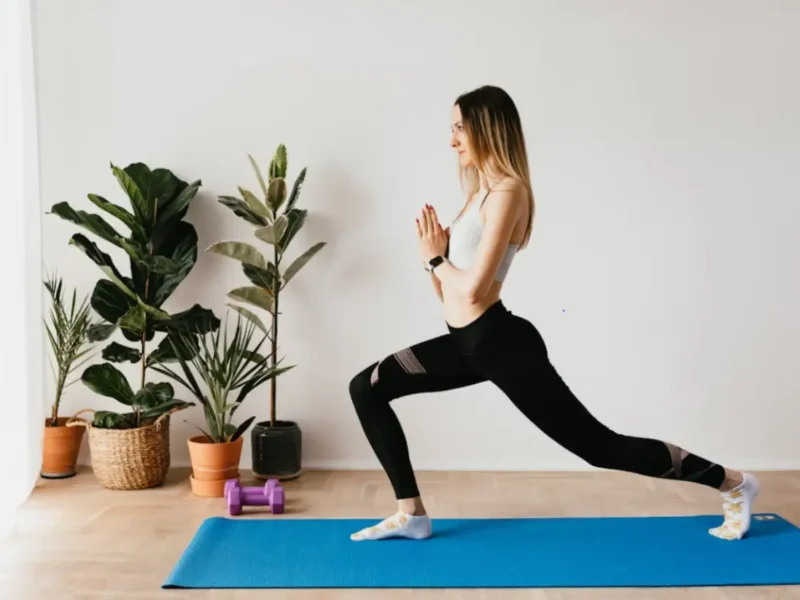
Workout Routines For New Mothers
Let’s look at two workout routines that can help new moms adapt to the growing responsibilities of motherhood while ensuring that they stay healthy to tend to their little ones.
Postpartum Functional Training, the postpartum period requires new moms to focus on movement and feel good. Functional training is one of the most common exercises, practiced by amateurs and athletes alike, and can aid the recovery from pregnancy in an immensely effective manner.
A combination of strength training, cardio, and low-intensity aerobic exercises can help new moms strengthen their muscles, boost energy, promote better sleep, relieve stress, and help them lose the extra weight from pregnancy. A combination of exercises mentioned below can form a routine that helps moms strengthen their core, achieve states of relaxation, and revive energy levels to take the responsibility of motherhood head-on:
Pelvic Floor Exercises: Core strength can be greatly affected due to pregnancy, and it becomes more important for mothers to focus on building the strength back to return to the fitness levels before conceiving. Pelvic floor exercises such as planks, side-planks leg-lifts, Cat-Cow tabletops, glute bridges, and other exercises are some of the options that can be done easily at home, without equipment.
Walking: Walking is a simple, refreshing, and effective way to stay active, increase energy, and improve blood-oxygenation levels, and can be done anywhere at any time. This form of low-intensity steady-state cardio can help increase stamina and make new moms proactive, and mindful, and alleviate stress levels, affected by the topsy-turvy hormonal bodily state.
Postnatal Yoga: The myriad asanas, breathing techniques, and transcendental meditation are another elaborate system that new moms can access to take control of the period of recovery following delivery. Depending on the nature of the delivery, new moms can start yoga within a few days or weeks from childbirth. Postnatal yoga is a modified, low-intensity yoga practice that increases calmness, reduces irritability and anger, lowers blood pressure, reduces tension in the muscles, and can even benefit moms experiencing depression and anxiety.
Pranayam: ‘Prana’ in Pranayam is defined as the ‘life-force’, and control over the breath is one of the main ways in which the practice of yoga helps individuals achieve states of awareness and calmness. The postpartum period for mothers can be full of severe mood swings, insomnia, anxiety, and a range of other psychological problems that bear negative effects on the baby and the mother. Remaining calm and relaxed becomes imperative in the company of infants, as the propensity for fear is greater for a newborn. The various breathing exercises from yoga can help mothers to relieve stress, anxiety, and depression and in return impart the feeling of calmness and serenity that a baby need.
Asanas: Yoga asanas can help greatly with building back strength, remaining active, and attaining rest and relaxation in the postpartum period. Some common poses from Yoga include the cat-cow pose, child’s pose, legs-up-the-wall, and the corpse pose (sravasana).
Being mindful of the body postpartum is as crucial as remaining mindful during the time of pregnancy. New moms should prepare in advance and consult a doctor to know when the right time to exercise begins. Exercising can be fruitful but oftentimes needs supervision. Trained professionals can help new moms choose the right programs that aid the mother in their postnatal journey of healing and being healed. (IANS)




